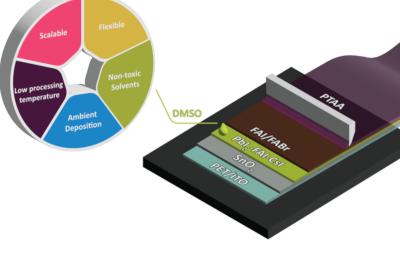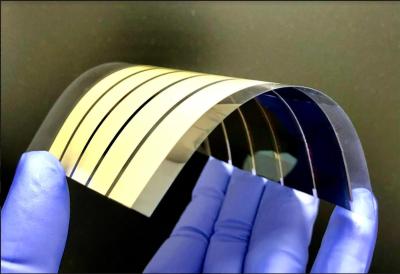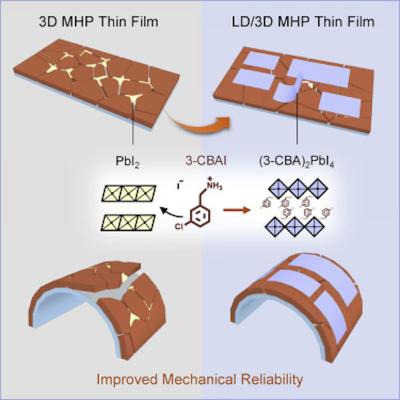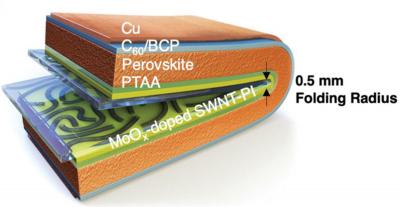India-based P3C Technology and Solutions secures investment for flexible perovskite solar cells
India-based P3C Technology and Solutions has announced a fund raise of $250,000 with a further commitment of $3 million based on successful trails. The funds will be used to demonstrate the flexible perovskite solar cells to various government and private bodies like Indian Railway and automobile manufacturers.
According to P3C, the investment comes from Oberoi Thermit Private Limited, a company with an impressive history of introducing new and innovative products and services which are highly beneficial for Railways. The organization is always looking to introduce new and improved technologies in India which can benefit the country. They are responsible for the introduction of some of the most safety critical technologies in Indian Railways like 3D Scanning of Bridge bed, Bridge Health Monitoring, Vehicular Ultrasonic Testing of rails, Phased Array Ultrasonic Testing of welds amongst other things.







